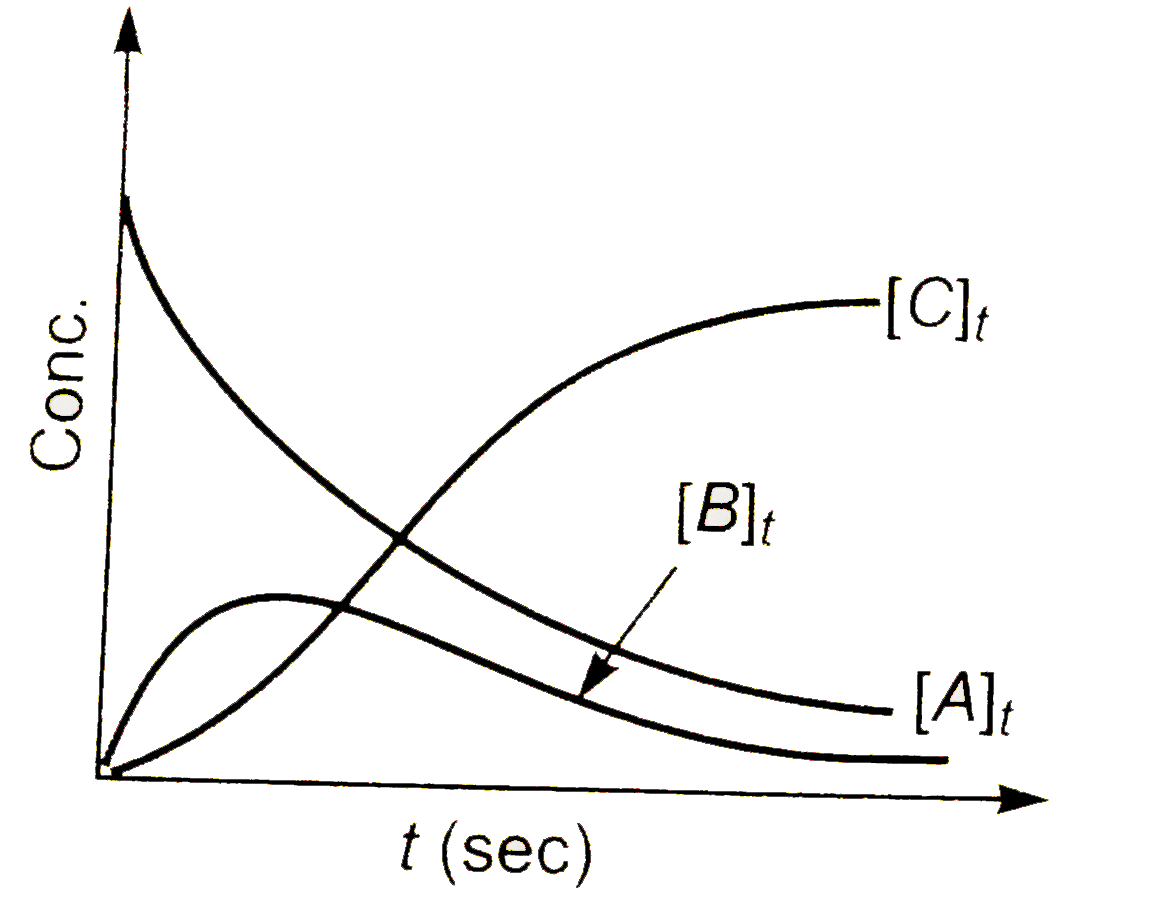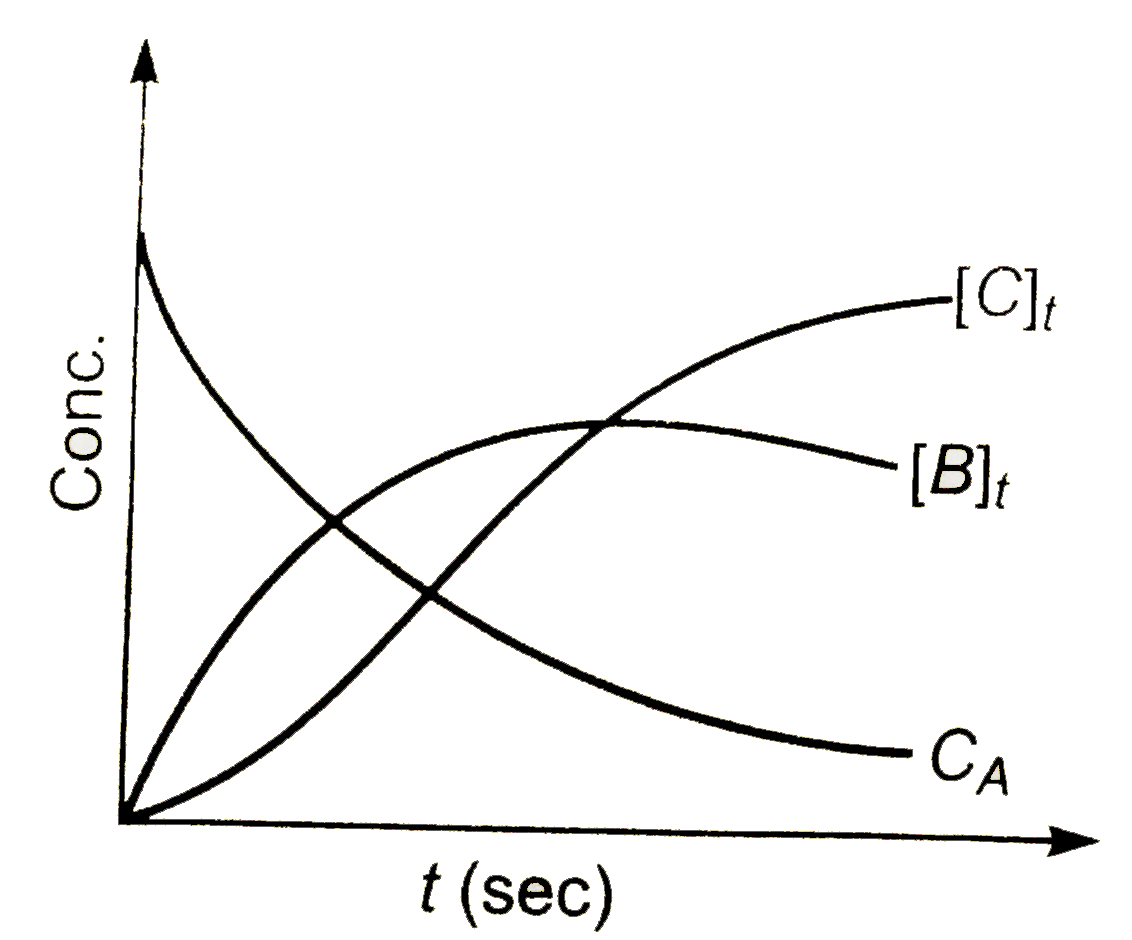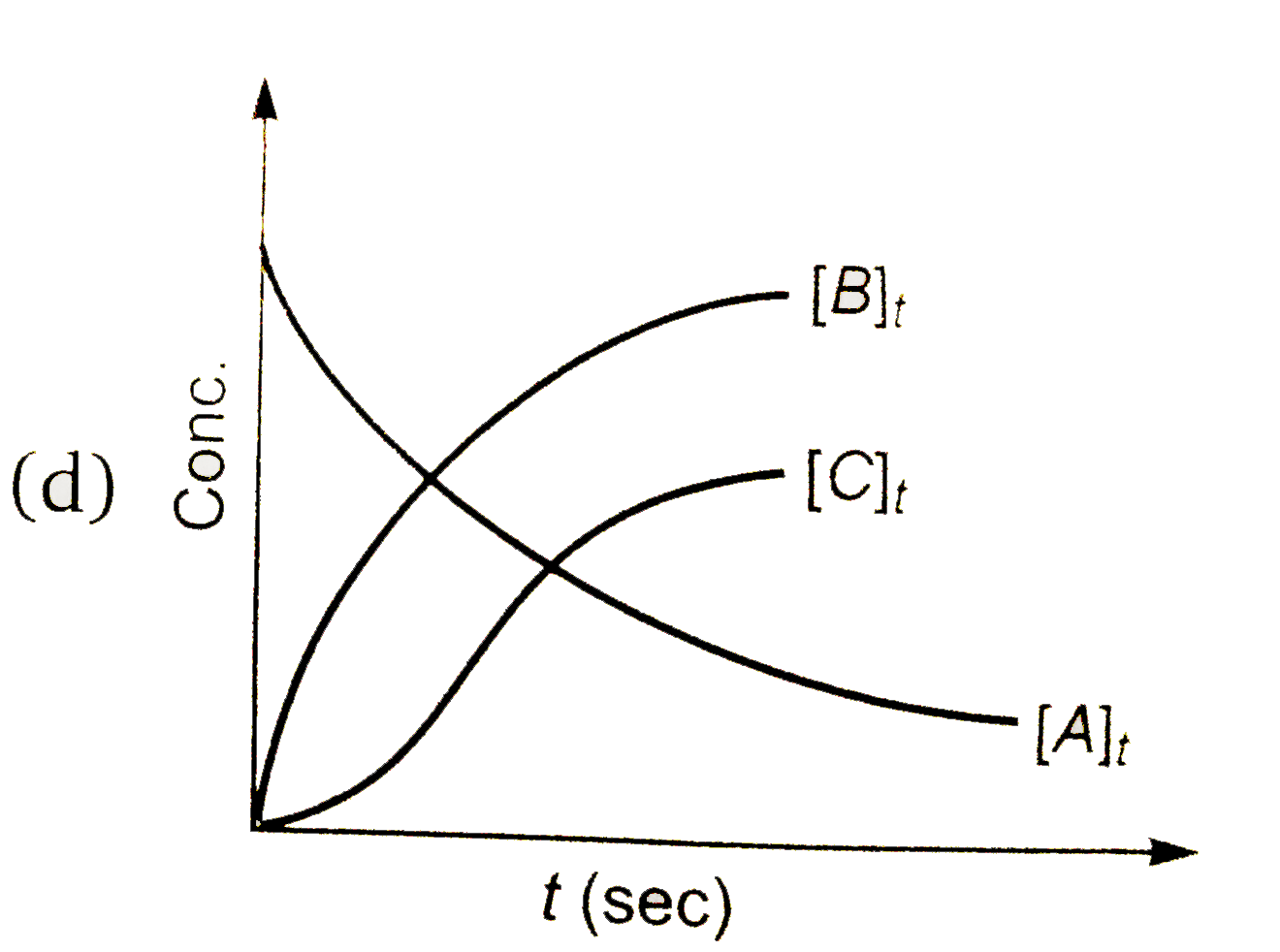Identify the true statement(s)
a) A catalyst is chemically unchanged at the end of a reaction
b) A catalyst may appear in the kinetic rate equation of the reaction
c) A catalyst will not affect the composition of an equilibrium mixture
d) A catalyst cannot cause a non-spontaneous (ΔG>0) reaction to proceedSolution in Punjabi
A catalyst is chemically unchanged at the end of a reaction
A catalyst may appear in the kinetic rate equation of the reaction
A catalyst will not affect the composition of an equilibrium mixture
A catalyst cannot cause a non-spontaneous (ΔG>0) reaction to proceed
The correct Answer is:A, B, C, D
Step by step video & image solution for Identify the true statement(s) a) A catalyst is chemically unchanged at the end of a reaction b) A catalyst may appear in the kinetic rate equation of the reaction c) A catalyst will not affect the composition of an equilibrium mixture d) A catalyst cannot cause a non-spontaneous (DeltaG gt 0) reaction to proceed by Chemistry experts to help you in doubts & scoring excellent marks in Class 12 exams.
Updated on:21/07/2023Topper's Solved these Questions
- CHEMICAL KINETIC & NUCLEAR CHEMISTRYBOOK - NARENDRA AWASTHICHAPTER - CHEMICAL KINETIC & NUCLEAR CHEMISTRYEXERCISE - Level 3 - Assertion - Reason Type Questions
3 Videos
- CHEMICAL KINETIC & NUCLEAR CHEMISTRYBOOK - NARENDRA AWASTHICHAPTER - CHEMICAL KINETIC & NUCLEAR CHEMISTRYEXERCISE - Level 3 - Subjective Problems
3 Videos
- CHEMICAL KINETIC & NUCLEAR CHEMISTRYBOOK - NARENDRA AWASTHICHAPTER - CHEMICAL KINETIC & NUCLEAR CHEMISTRYEXERCISE - Level 3 - Passage
1 Videos
- SURFACE CHEMISTRYBOOK - NARENDRA AWASTHICHAPTER - SURFACE CHEMISTRYEXERCISE - Level -2
1 Videos
Similar Questions
Each question contains STATEMENTS-1 (Assertion) and STATEMENT -2 (Reason).
Examine the statements carefully and mark the correct answer according to the instructions given below:
STATEMENTS-1: Acid catalysed hydrolysis of esters is pseudo first order reaction.
STATEMETNT-2:Water is present in excess in given reaction.
a) If both the statements are TRUE and STATEMENT-2 is the correct explanation of STATEMENT-1
b) If both the statement are TRUE but STATEMENT-2 is NOT the correct explanation of STATEMENT-1
c) If STATEMENT-1 is TRUE and STATEMENT-2 is FALSE
d) If STATEMENT-1 is FALSE and STATEMENT-2 is TRUE
View Solution5A→Product
In above reaction, half-life period is directly proportional to initial concentration of reactant. The initial rate of reaction is 400 moll−1−1min Then the order of reaction is
View SolutionTwo consecutive irreversible first order reactions can be represented by
Ak1−−→Bk2−−→C
The rate equation for A is readily interated to obtain
[A]t=[A]0.e−k1t , and [B]t=k1[A]0k2−k1[e−k1(t)−e−k2(t)]
When k1=1s−1 and k2=500s−1 , select most appropriate graph
a) b)
b) 
c) d)
d) 
View Solutionfor the graph below, select correct order of temperture ?

View Solution(A) Positive catalyst increases the rate of reaction (R) Catalyst decrease the value of DeltaG^(@)
View SolutionA catalyst increases the rate of a chemical reaction by
View SolutionA catalyst increases the rate of a chemical reaction by
View SolutionA catalyst affects the rate of a chemical reaction by:
View Solutionउत्प्रेरक अभिक्रिया के अन्त में अपरिवर्तित रहता है-
View Solutionएक स्वतः उत्प्रेरक की रासायनिक अभिक्रिया दीजिये।
View Solutionएक स्वतः उत्प्रेरक की रासायनिक अभिक्रिया लिखिए।
View SolutionTo increase the rate of a chemical reaction, catalyst
View SolutionHow catalyst affects the rate of reaction ?
View SolutionHow catalyst affects the rate of reaction ?
View SolutionExplain why a catalyst remain unchanged in mass and chemical composition at the end of the reaction?
View Solution
